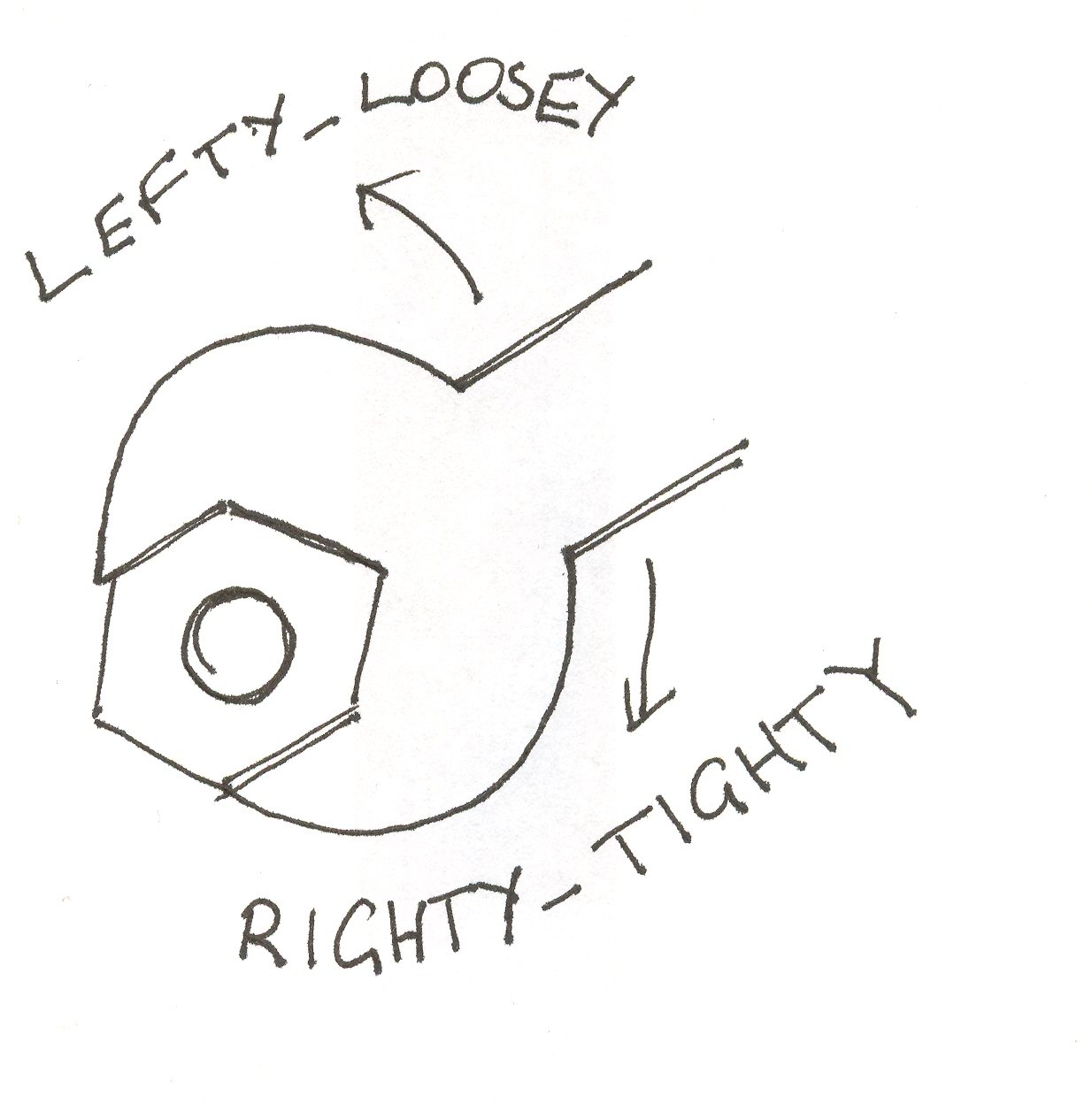this post was submitted on 13 Oct 2024
477 points (97.8% liked)
Asklemmy
43890 readers
1196 users here now
A loosely moderated place to ask open-ended questions
If your post meets the following criteria, it's welcome here!
- Open-ended question
- Not offensive: at this point, we do not have the bandwidth to moderate overtly political discussions. Assume best intent and be excellent to each other.
- Not regarding using or support for Lemmy: context, see the list of support communities and tools for finding communities below
- Not ad nauseam inducing: please make sure it is a question that would be new to most members
- An actual topic of discussion
Looking for support?
Looking for a community?
- Lemmyverse: community search
- sub.rehab: maps old subreddits to fediverse options, marks official as such
- !lemmy411@lemmy.ca: a community for finding communities
~Icon~ ~by~ ~@Double_A@discuss.tchncs.de~
founded 5 years ago
MODERATORS
you are viewing a single comment's thread
view the rest of the comments
view the rest of the comments

I never really got that one, because "left" vs "right" only works when you are looking at the top of the screw. At the bottom, left tightens, and right loosens. So the one I remember is "clockwise to close".
Edit: the image on the post is actually a good example. If I'm off the screen to the right holding the spanner, then from my perspective, "left" would tighten.
I've always thought this too. I understand clockwise/anticlockwise and the direction being defined from the top - but it's a circle - no matter which way you turn, it spends 50% of the time going either direction. The phrase works with screwdrivers (especially ratcheting ones), but not so much spanners or Hex Keys IMO.
I always railed against this. I’m using clockwise-lockwise from now on.